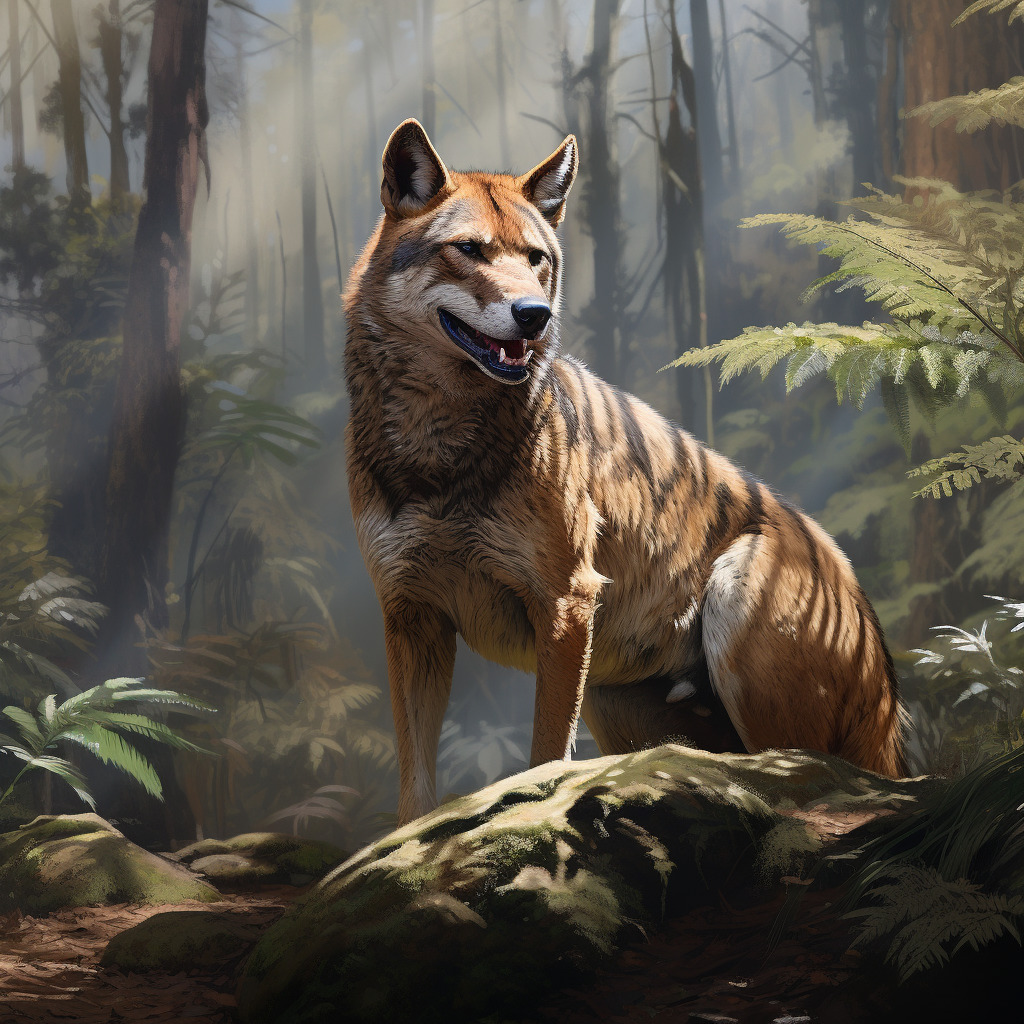The Tasmanian Tiger, or Thylacine, stands as one of the most enigmatic creatures in Australia’s rich biodiversity. Once roaming the vast landscapes of the continent, this unique carnivore, with its distinct stripes, has become a symbol of the fragile balance between humans and nature.
Physical Attributes & Behavior
Resembling a large dog, the Thylacine boasted a slim body, a pointed snout, and large, rounded ears. Its fur, short and coarse, was adorned with dark stripes across its back and tail, giving rise to its common name. Despite its tiger moniker, the Thylacine was a marsupial, with females having a pouch similar to kangaroos.
Habitat & Lifestyle
Originally found throughout mainland Australia, by the time of European settlement, the Thylacine’s range had been restricted to the island of Tasmania. As nocturnal hunters, they primarily preyed on small animals and birds, using their keen senses to stalk and ambush.
Human Interaction & Extinction
Regrettably, the Thylacine faced significant threats from humans. Seen as a menace to sheep, they were hunted extensively. Combined with habitat destruction and introduced diseases, their population dwindled rapidly. The last known Thylacine died in captivity in the Hobart Zoo in 1936, marking a somber chapter in conservation history.
Legacy & Modern Interest
Today, the Thylacine remains a symbol of lost wilderness and the consequences of unchecked human intervention. Periodic reports of sightings, though unconfirmed, keep the hope and mystery of the Tasmanian Tiger alive in popular culture.
What’s next?
The tale of the Tasmanian Tiger serves as a poignant reminder of our responsibility to protect and preserve the myriad species that share our planet.
